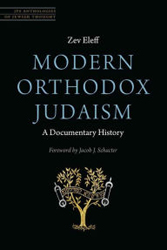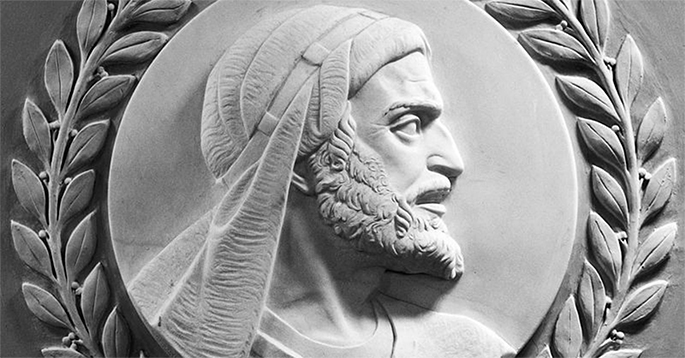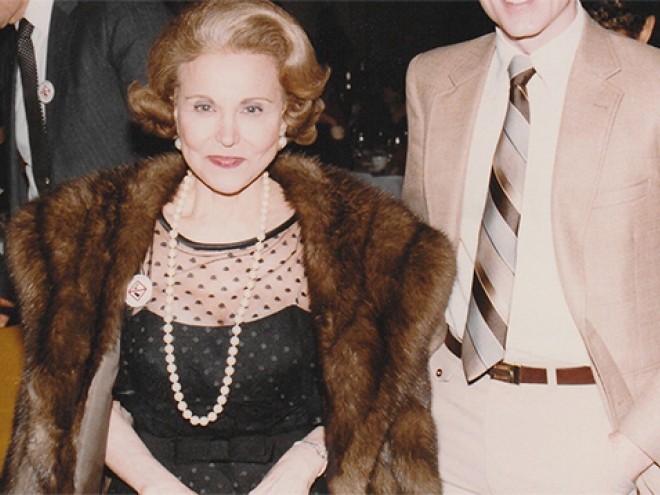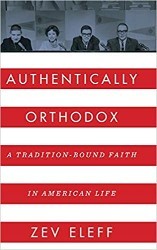Earlier this week, Zev Eleff wrote about religious disputes in American advice columns and how social media is impacting Modern Orthodox Judaism. He has been guest blogging for Jewish Book Council all week as part of the Visiting Scribe series here on The ProsenPeople.
In 1951, Congress moved back into the United States Capitol, displaced for more than a year to repair a poorly constructed iron ceiling. The renovations provided a chance to attend to a number of key updates: installation of better acoustics, improved lighting, and a state-of-the-art air conditioning system. Far less practical but considerably more symbolic was a set of 23 engraved plaques, the Portraits of Lawgivers, hanging on the walls above the doors of the House Chamber.
The Lawgivers required a studied opinion. The Architect of the Capitol and a Philadelphia-based firm assembled teams at the University of Pennsylvania, the Columbia Historical Society in Washington, D.C., and the Library of Congress to help select the subjects for sculpture portraits: “personages who were, relatively or marginally, prototypes during history of activities being conducted in said House Chamber.”
The outcome of this assignment tells a lot about how Americans viewed their intellectual underpinnings at the middle of the twentieth century — and the subtle politics of this important space offers much to consider for our own time.
The Capitol’s criterion eliminated founders of religion. “Perhaps Jesus Christ should be included in the list of an avowedly Christian Nation in a legislative hall in which each of its sessions opens with Christian declarations,” reasoned the Washington group, but there was “some feeling that Jesus Christ is too exalted a character to be included.” The same sort of logic nixed Buddha, Confucius, and Muhammad.
The final list of Lawgivers chosen to inspire the House was well-rounded but still well-ensconced in classical intellectual traditions. Thomas Jefferson and George Mason represented the Americans. The balance was composed of ancient Greeks and Romans, and the men (no women were picked) typically associated with the legal foundations of Christendom.
Still, the list also demonstrated an effort to include figures of other religions, very much in line with postwar Judeo-Christian sensibilities. Suleiman the Magnificent represented the Islamic world while Judaism received a pair of Moseses — the prophet Moses and Moses Maimonides, the Sephardic physician and legal codifier of the twelfth century. Of course, other religions claimed Moses of the Bible; Maimonides (or any other Jewish legalist), on the other hand, was something of a surprise. In preparing its list of lawgiving candidates, one of the appointed teams was underwhelmed with the Jewish choices, concluding that the “Hebrew system has been given undue credit — too much for too little.”
Most members of the House applauded the plaques and their religious inclusivity. Some, though, were nearly impossible to please. John Rankin, for example, “objected to all the foreign lawmakers except Moses.” Reportedly, the Southern Democrat from Mississippi would have replaced them with Confederate heroes like Jefferson Davis and Robert E. Lee. Then again, this was typical of Rankin: years earlier, in response to Albert Einstein’s calls to cease all ties with Hitler’s allies, the Mississippian, an antisemite and all-around bigot, dismissed the Nobel Prize physicist as a mere “foreign-born agitator.”
Nativists like Rankin found it more challenging to get their way in the postwar period. Save for the anti-Communists, peoples of all types gained relatively stronger footholds in the United States. In the particular case of religion, popular writers like Will Herberg convinced millions of Americans that Catholics and Jews were equal shareholders with Protestants in the nation’s religious-cultural foundations. In this time, the number of Muslims in the United States was small, but gestures like the House Chamber’s Lawgivers indicated that this religious community was also on the minds of thoughtful Americans.
The Lawgivers sculptures also reveal another quality of postwar cultural openness. Amid pressure to shed distinctions in the American Melting Pot, religious and ethnic groups persevered and placed considerable value on retaining their own cultures and symbols.
Consider the Moses Maimonides plaque. Brenda Putnam sculpted the rabbi of Islamic Cairo. The noted sculpture artist and scion of an important American family, Putnam was eager to etch Maimonides in the image of the increasingly more recognizable American Jew. To do so, she wished to place a yarmulke atop Maimonides’s head rather than a turban or nothing at all — two more accurate possibilities for an Egyptian Jew in the High Middle Ages.
In the United States, few Jews adorned the religious skullcap outside the synagogue, but it was one of the best known attire-sensitive identifiers of this religious group. Putnam queried rabbinical scholars whether there was any chance that Maimonides might have worn a “small cap such as you and your colleagues wear.” To plead her case, the artist admitted that  “I should like to add this small, recognizable insigne — not only because it adds distinction and a decorative line to the design, but because it would make him the more readily identifiable to the thousands of visitors in the galleries.”
“I should like to add this small, recognizable insigne — not only because it adds distinction and a decorative line to the design, but because it would make him the more readily identifiable to the thousands of visitors in the galleries.”
But Maimonides did not resemble America’s Jews, nor other Americans. In the end, Putnam relented. She sculpted the rabbi with Arab headgear, a more approximate head covering than the yarmulke. Her decision — as well as the selection of a religiously diverse set of law codifiers — confirmed that national identities and legacies were complex concepts. What is more, the individuals chosen to hang above America’s top legislators did not need to appear all that similar to the women and men debating on the floor below.
Zev Eleff is the chief academic officer of the Hebrew Theological College, Chicago. He is the author of five books and over thirty scholastic articles. His book Modern Orthodox Judaism: A Documentary History was recently published by the Jewish Publication Society.
Related Content:
- Maimonides Reading List
- David Zulberg: Rambam and Medicine
- Daring Strauss: What We Believe
Zev Eleff is the chief academic officer of the Hebrew Theological College, Chicago. He is the author of five books, including Living from Convention to Convention: A History of the NCSY, 1954 – 1980, and editor of Mentor of Generations: Reflections on Rabbi Joseph B. Soloveitchik. He has also authored more than thirty scholarly articles.
The New Digital Discourse and Modern Orthodox Judaism
In Whose Image? Maimonides Among the Portraits of the Lawgivers



